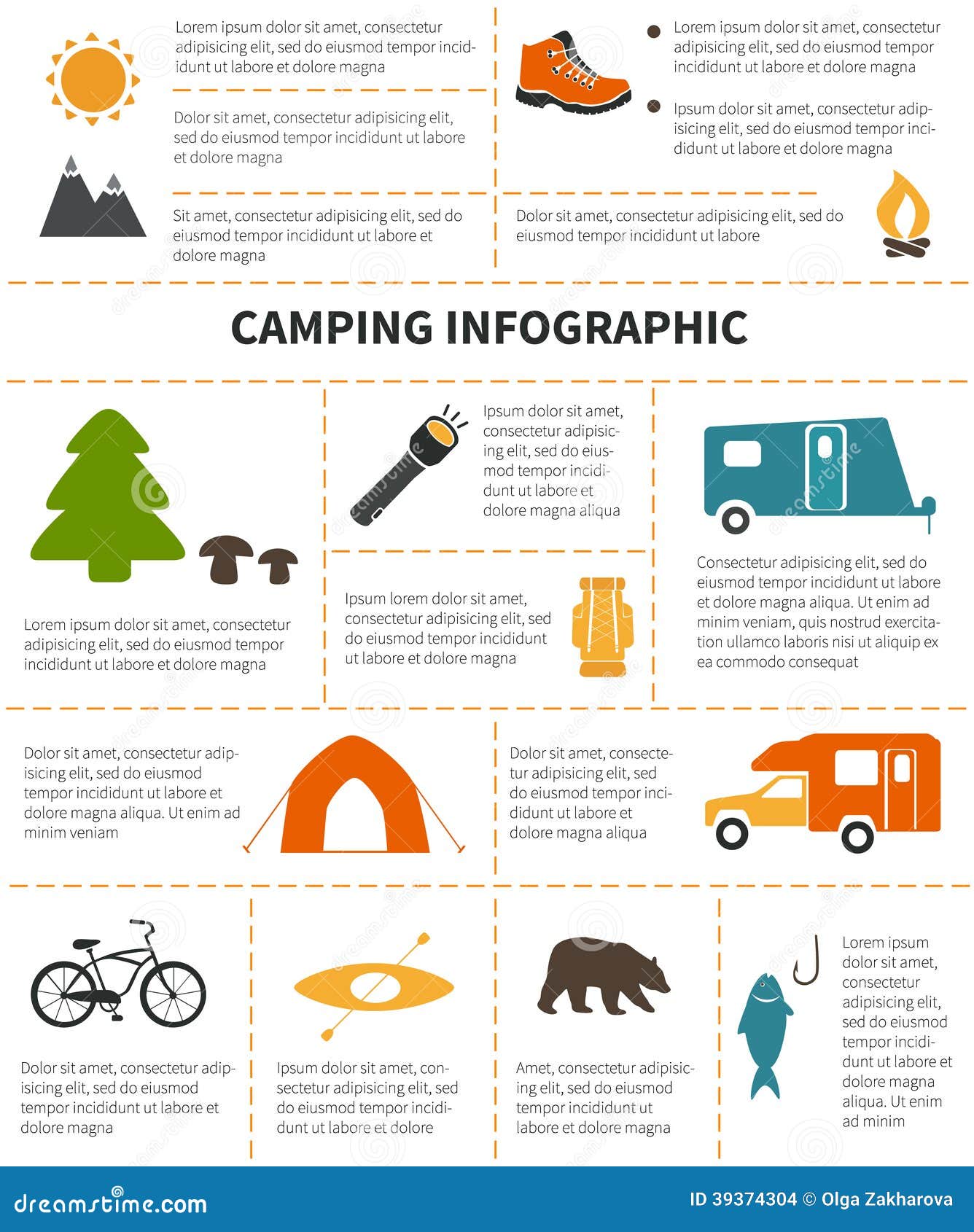Use These Tips To Explore The Treasures Of Camping Tents Product Sales
Use These Tips To Explore The Treasures Of Camping Tents Product Sales
Blog Article
Exactly How Vital Are Camping Tent Footprints/Ground Cover?
Camping tent impacts are a fantastic method to secure your outdoor tents floor from abrasions and extend its functional life. Nearly all gear makers use their own brand-specific footprints that are designed to match their details outdoor tents designs.
How do you waterproof a bell tent?
This customized method supplies ease of arrangement and minimizes the danger of rain seeping in with the joints.
What are they?
Tent impacts (also known as outdoor tents ground sheets or under outdoor tents pads) supply a layer of defense between the base of your camping tent and the exterior environment. They secure your tent from sharp items, dampness, and abrasive surfaces.
The majority of tent producers supply their own top quality impacts designed to fit perfectly with their marked sanctuary models. Nevertheless, these are commonly expensive and fairly hefty contrasted to DIY choices like Polycryo or Tyvek.
Impacts are commonly made from durable, water resistant products such as polyurethane, nylon or silnylon. For ultralight backpackers looking for to minimize pack weight, there are likewise light-weight, high-strength alternatives made from Cuben Fiber (Dyneema). It is essential to pick an impact that's slightly smaller than your camping tent to stop rain from dripping down the sides of your shelter and funneling beneath you while you rest-- no person wants to wake up in a puddle! A footprint is a beneficial enhancement to any kind of camping trip. It helps guarantee a lengthy life-span for your outdoor tents while including convenience and peace of mind.
How essential are they?
Camping tent impacts secure the base of your outdoor tents from abrasion and dampness, aiding to extend its lifespan. They're usually made of water resistant and dirt-resistant materials like polyethylene or a lightweight oxford polyester, though the denier of the material will vary (the higher the denier number, the thicker and burlier).
A lot of impacts are made to precisely match the form of your camping tent's floor, which assists lessen material waste. Lots of have grommets or loops whereby you can weave guylines for tension and stakes, guaranteeing that the impact is firmly held back.
If you camp in harsh surface or locations where there's a great deal of downed branches and sharp rocks, a camping tent footprint is well worth the added weight and bulk. But if you frequently camp in dry, sandy or rocky problems, an impact might be excessive. A tarpaulin is a much better choice in that case.
Do you typically load one?
If you're camping on a really level surface area where rocks and sticks aren't a problem, a camping tent footprint probably isn't essential. If you remain in the backcountry with a great deal of rough terrain, a footprint can make life a lot easier.
Impacts are normally sized somewhat smaller than the base of the tent. That's due to the fact that a bigger impact would catch rain and channel it under the camping tent, where you might wake up in a pool.
Nonetheless, footprints can be expensive and heavy if you acquire one from the maker of your camping tent (the Big Agnes Tiger Wall UL 2 footprint, as an example, sets you back $70 and weighs six ounces). You can conserve cash and weight by making your own DIY impact by cutting a piece of Tyvek or various other water resistant fabric to the exact measurements of your shelter. You can even include grommets for simple attachment. The major advantage of a footprint is that it aids to secure the floor of your backpacking tent from unpleasant aspects such as rocks and twigs.
Just how do you keep them clean?
A supplier's footprint can add substantial weight to your shelter system and if you're an ultralight backpacker attempting to conserve every ounce, it might not deserve it. Therefore, many backpackers will certainly make use of a do it yourself groundsheet that's constructed of something like Tyvek or Polycryo and suffice to size for their outdoor tents impact.
This option is reasonably low-cost and will shield your tent from dampness, rocks, thorns, sticks, etc, while additionally assisting to keep all-time low of your tent completely dry.
If you do choose to acquire a footprint, make certain it's created specifically for your certain tent as this will certainly help reduce water merging around the edges of your shelter. For example, if camping luxury tents your tent footprint is as well big and extends past the edge of your rainfly, it will accumulate rains which can seep right into lighter-weight outdoors tents and potentially wear down the floor. Ensure it fits your camping tent fairly snugly to prevent this.
What canvas is used for tents?
